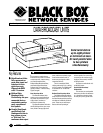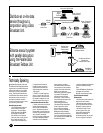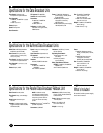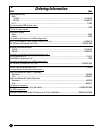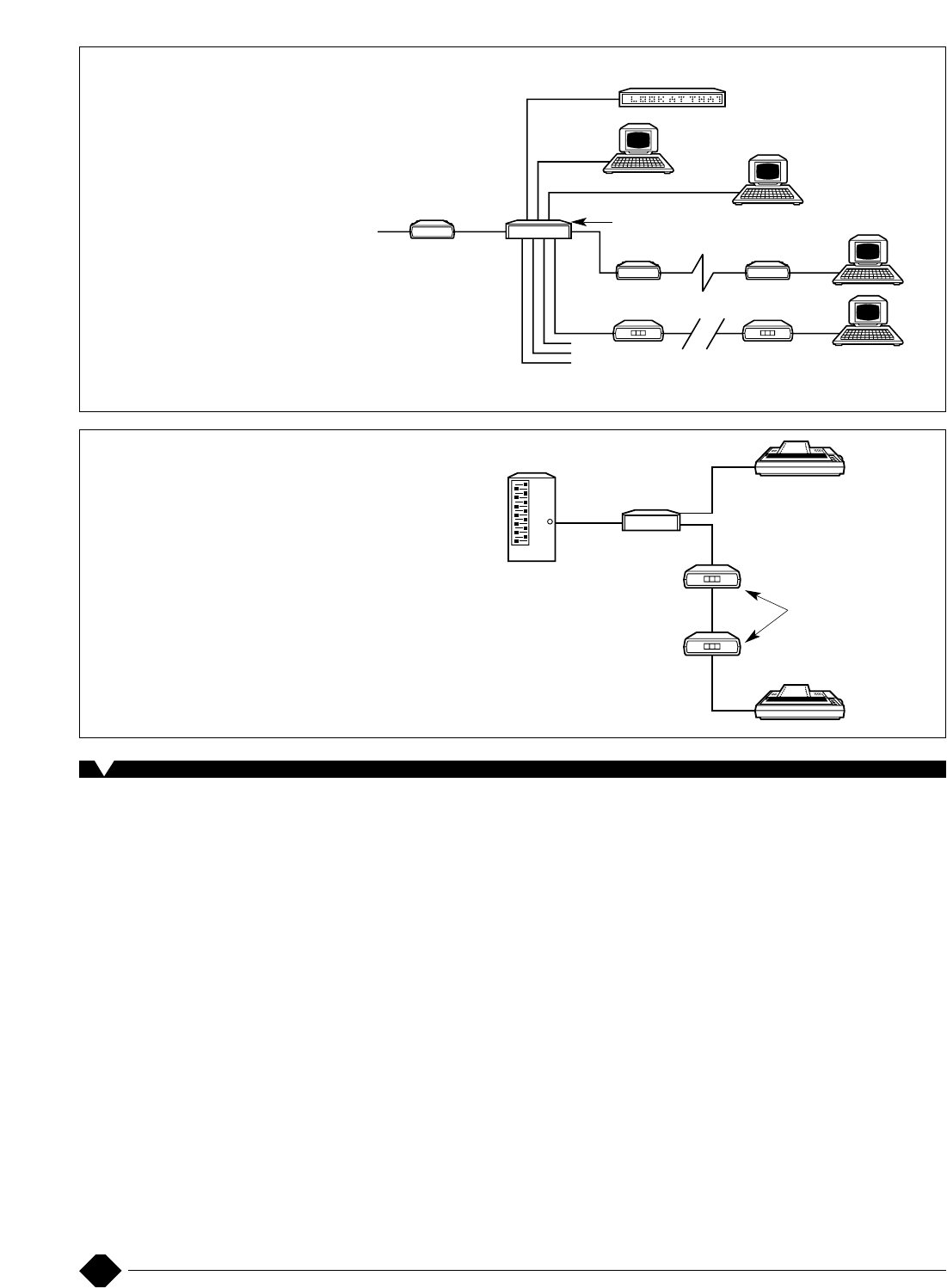
2
Enhance a security system
with parallel data output
using the Parallel Data
Broadcast/Fallback Unit.
On-Line
Data Feed
Electronic Sign Board
CEO’s
Async
Terminal
Async Terminal
in Boardroom
Async Terminal in
Chicago Office
Async Terminal
in Mfg. Plant
Line Driver Line Driver
Modem Modem
Data Broadcast Unit
RS-232
Cable
Telco Line
Parallel
Cable
Parallel Line Drivers
Joined with
Twisted-Pair Cable
Alarm Panel
Parallel Data
Broadcast/
Fallback Unit
Dot-Matrix Printer in
Computer Room
Dot-Matrix
Printer in
Guard’s Office
T
he Data Broadcast Units and
Buffered Data Broadcast Units
regenerate a serial RS-232 async
signal and send it to up to eight
terminals or printers simultane-
ously. The Parallel Data Broad-
cast/Fallback Unit sends parallel
data to two printers at once, or
operates in fallback mode to
support a backup printer in case
your primary printer fails.
Data Broadcast Units
• The DB25 model supports
three leads on each port
connector: Transmit Data
(TXD), Receive Data (RXD),
and Signal Ground (SG).
Pins 4 and 5 are jumpered
internally. Also, pins 6, 8, and
20 are tied internally. The
input to the Composite port
is regenerated and simul-
taneously sent out on the
output lead of each of the
eight slave ports, channels
1 through 8.
• The RJ-11 model supports
pins 2, 3, and 7 only. You will
need to order male or female
RJ modular adapters for use
with this model. See page 4.
Buffered Data Broadcast Units
• These units have an internal
buffer that is dynamically
allocated to the individual
ports. “Dynamic allocation”
means that a varying amount
of buffer is given to each port
as it needs it, instead of
having a set size of buffer for
each port. Additional buffer
amounts can be shifted to
Technically Speaking
Distribute an on-line data
service throughout a
corporation using a Data
Broadcast Unit.
ports that are receiving
information faster than they
can transmit it out to another
port(s). Since this allows the
buffer to be used most
efficiently, system throughput
increases. The dynamic
allocation works in both
directions—when a host is
transmitting to the ports and
when the ports are
transmitting to the host.
• Buffered Data Broadcast
Units support four slave
devices and one master
device. They have 32 KB of
RAM, with approximately
29.4 KB devoted to buffering.
You can expand their channel
port capacity and/or RAM with
the following items:
• A 4-Port Expansion Card that
provides 4 additional input
ports.
• A 32-KB Memory Expansion
Card that also provides
25.4 KB more bytes of buffer.
Parallel Data Broadcast/
Fallback Unit
• A front-panel switch lets you
select from two modes.
• Broadcast mode enables
you to get printouts from two
locations at the same time.
• In fallback mode, if your
primary printer fails, your
output will automatically
switch to an identical
secondary printer, so you will
be sure to get your printout.



